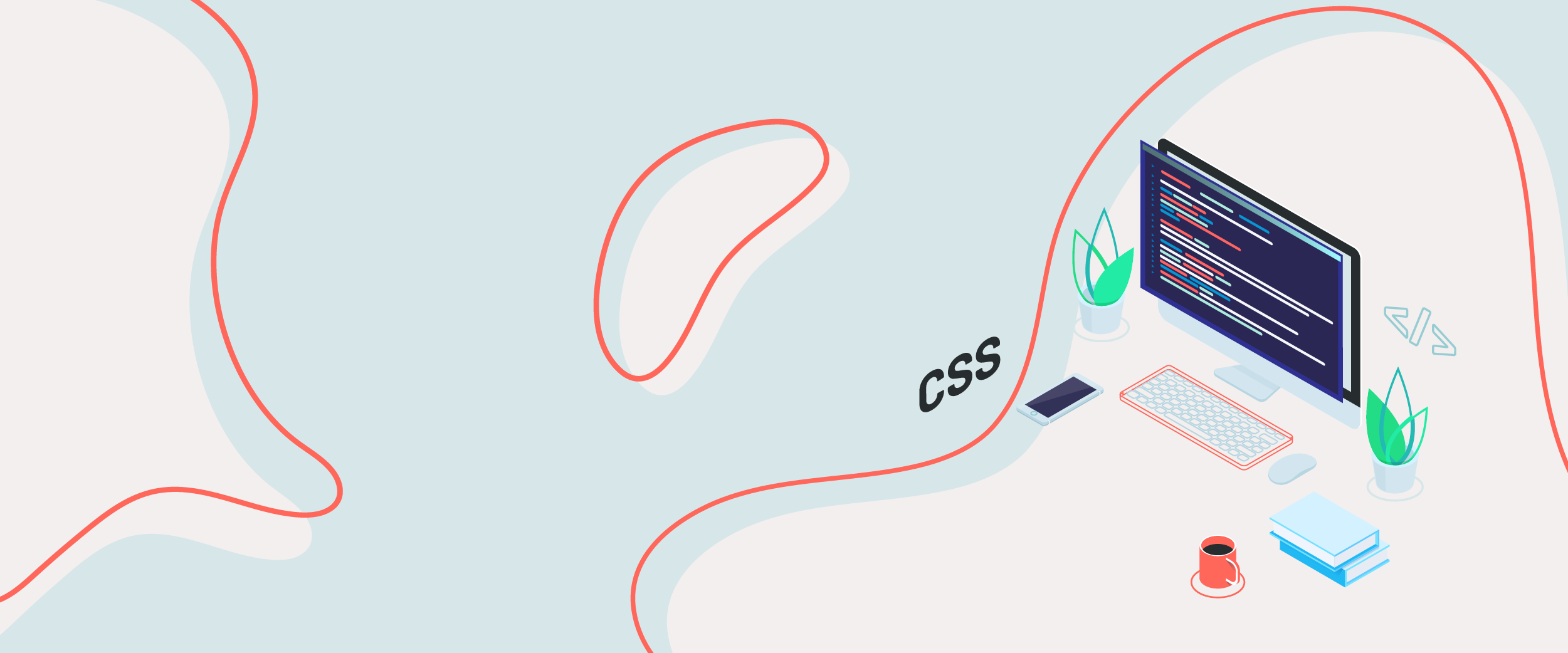
Block Property Modifier: A BEM-like CSS custom properties methodology
CSS custom properties are here. Now that we know how they work, let’s look at a methodology for keeping them organized.

CSS custom properties are here. Now that we know how they work, let’s look at a methodology for keeping them organized.